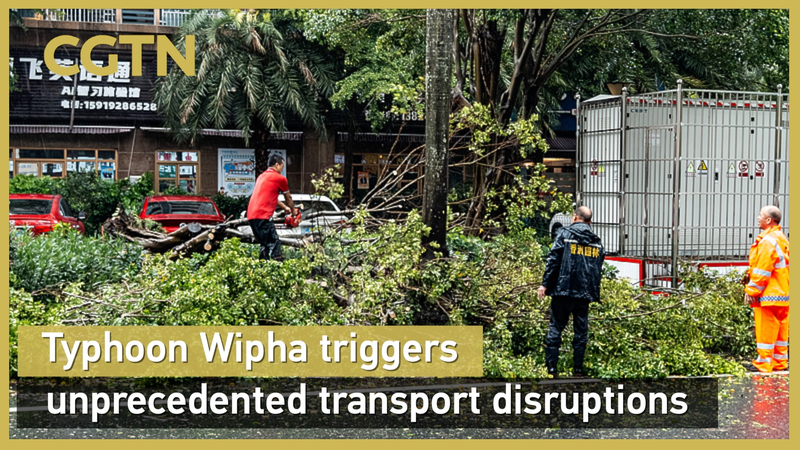Late Sunday, Typhoon Wipha—the sixth of the year—made landfall near Jiangmen City in Guangdong at 5:50 p.m., prompting high alerts across South China’s coastal regions, including Hainan, Guangdong and Guangxi.
Transport networks across air, sea, rail and road faced unprecedented disruptions. Airlines suspended dozens of flights, ferries to island destinations were halted, high-speed rail services paused, and coastal highways closed as flooding and debris piled up.
Local meteorological agencies warned of torrential downpours, strong gusts and potential storm surges. Emergency teams have been mobilized to reinforce sea walls, clear blockages and staff shelters for displaced residents.
Business and tech hubs along the coast are adapting to shipment delays and shifting schedules, while digital nomads and travelers are reconsidering itineraries. Experts say flexible planning and staying updated via official channels are key to navigating such extreme weather events.
Typhoon Wipha’s impact highlights the urgent need for resilient infrastructure and community preparedness as global weather patterns grow more unpredictable.
Reference(s):
Typhoon Wipha triggers unprecedented transport disruption in S China
cgtn.com




